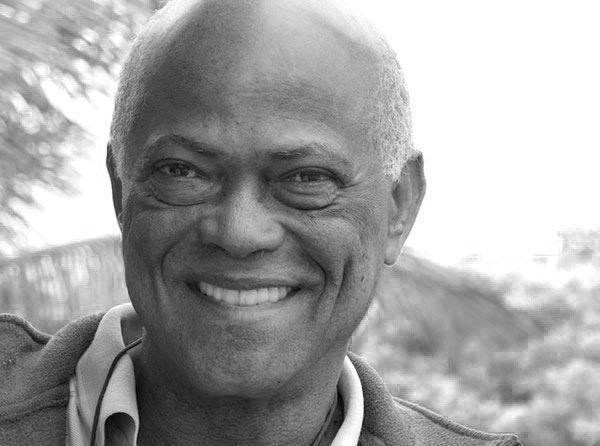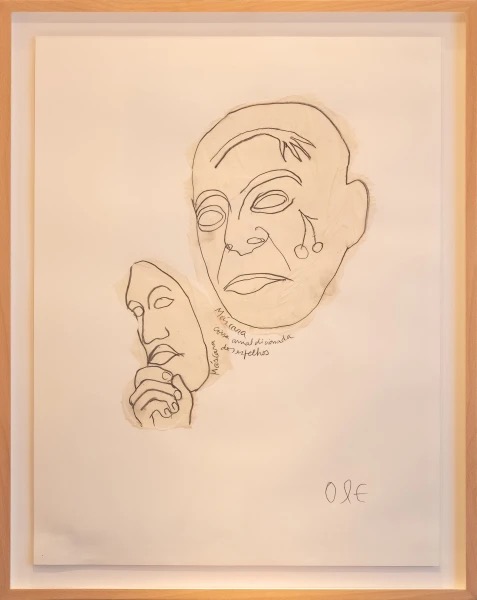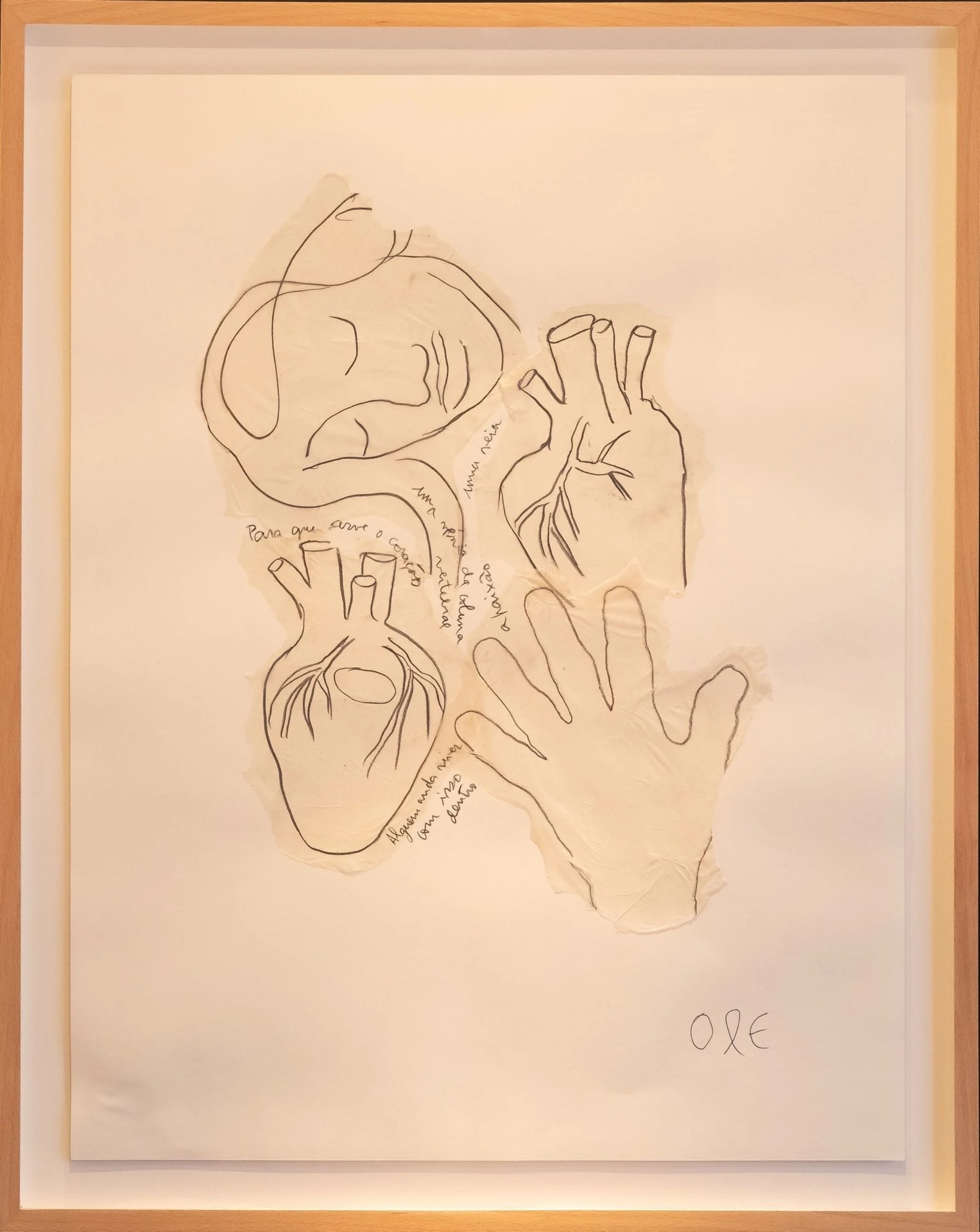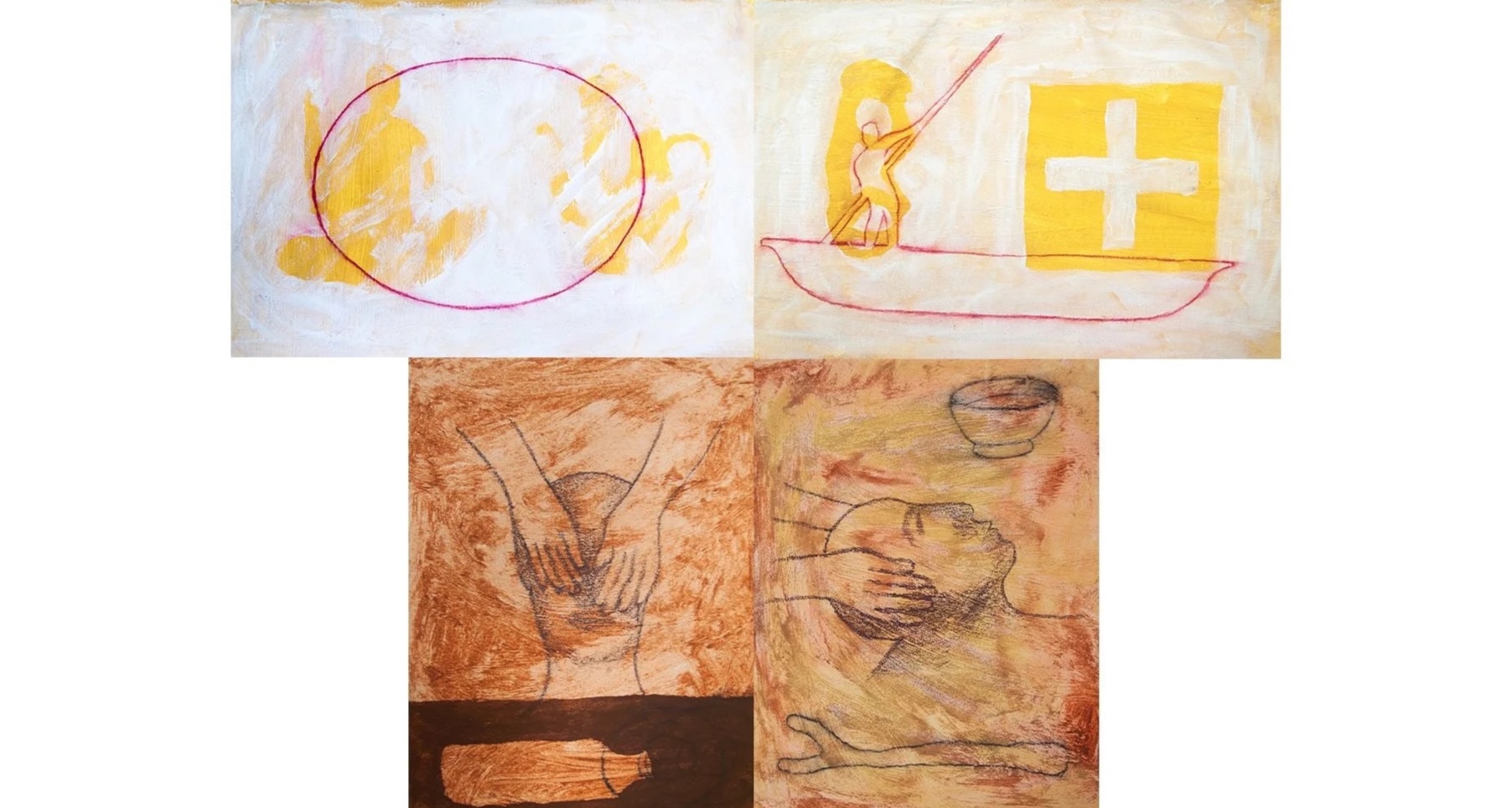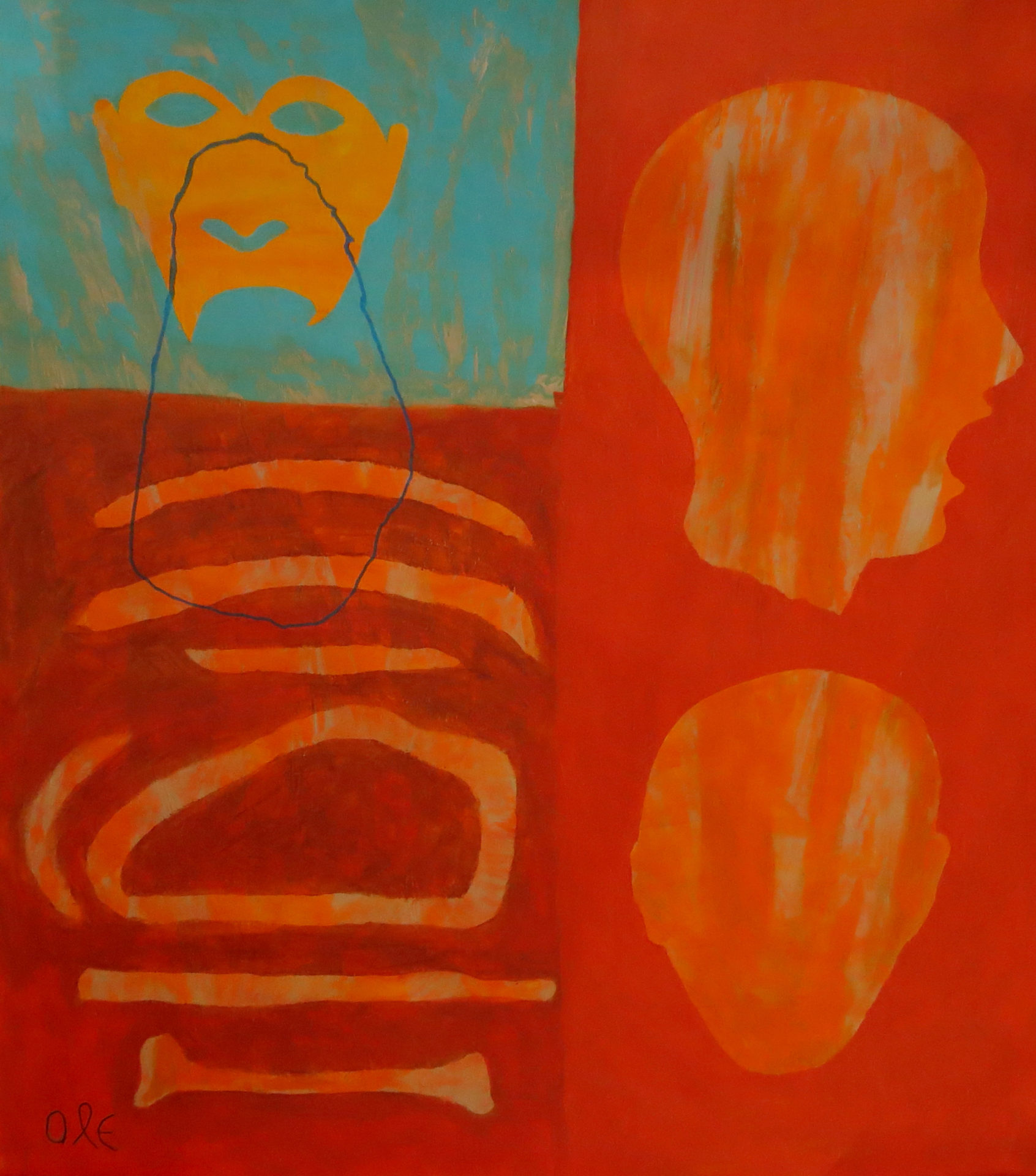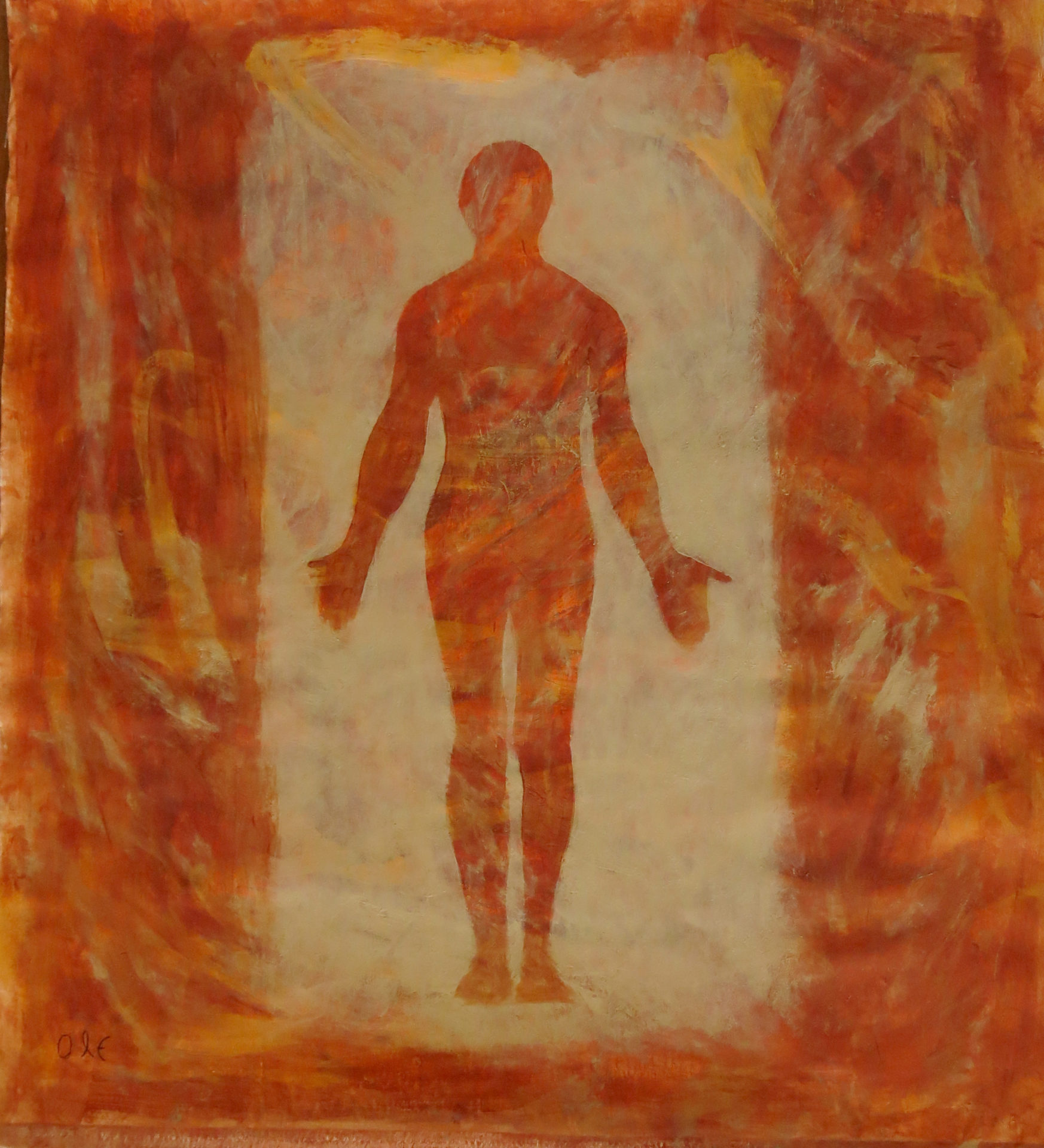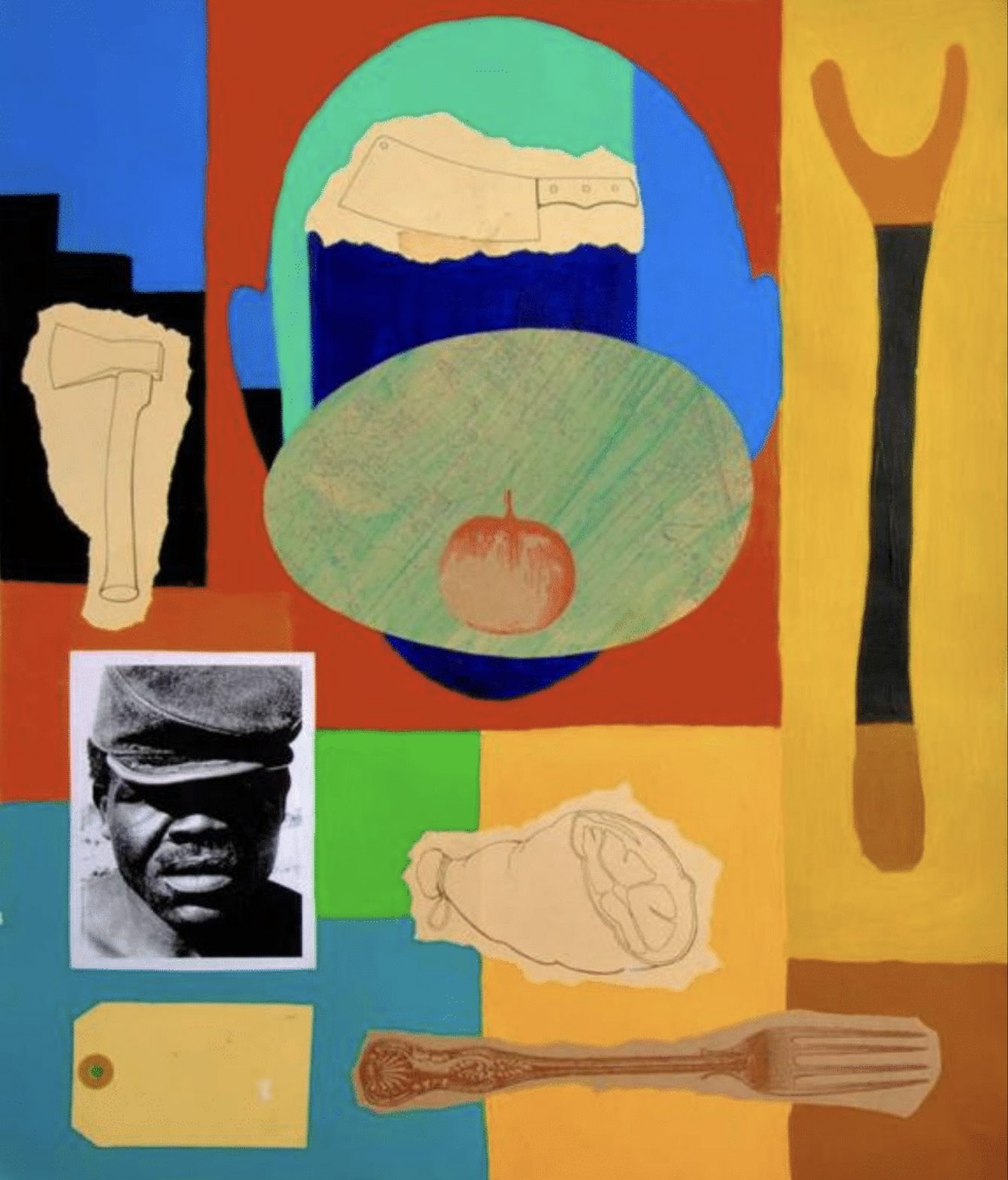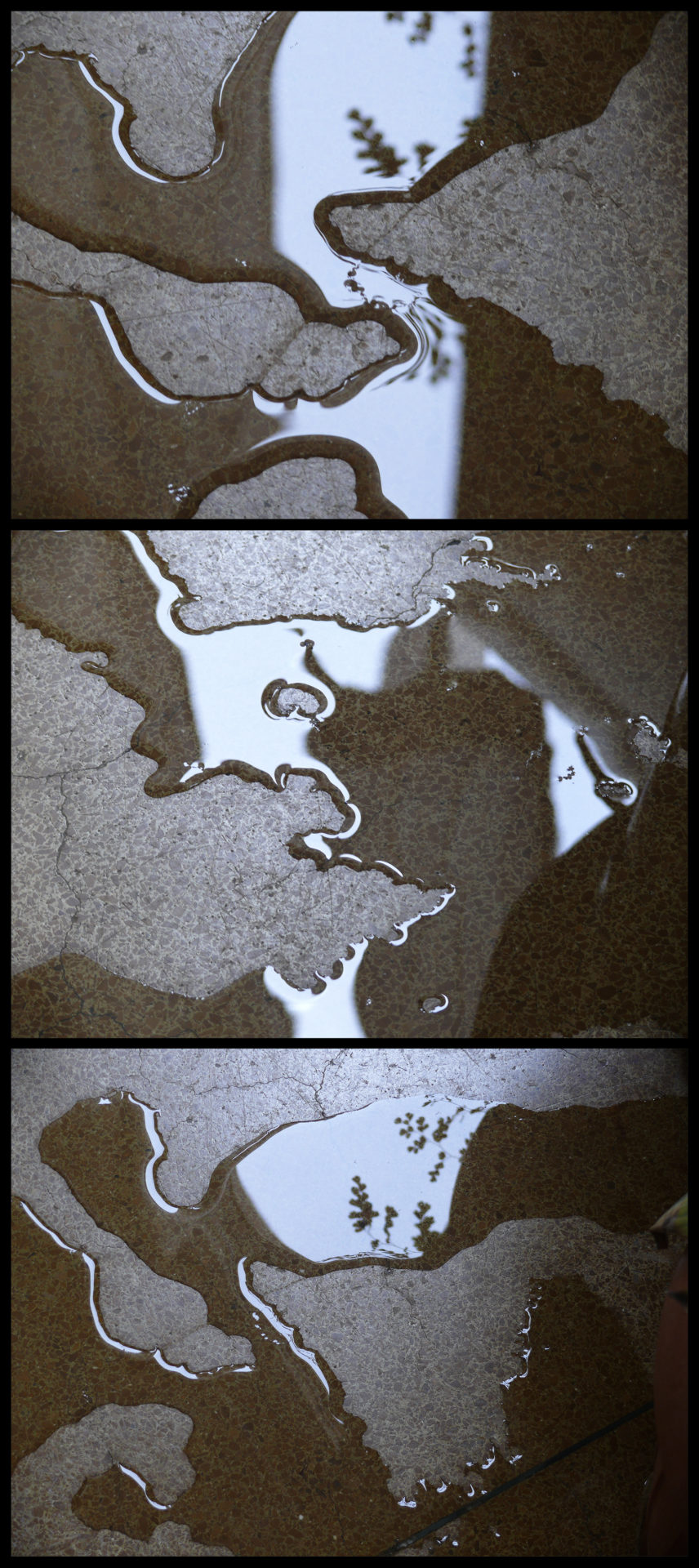António Ole (1951, Luanda) is one of the most recognized and critically-acclaimed artists from the African continent. (Angola, 1951). He studied African-American Culture and Cinema at UCLA (University of California, Los Angeles) and has developed an eclectic body of work over five decades, including drawing, painting, collage, sculpture, installation, photography, video and cinema.
In 1974, he was part of the Popular Contract team, a radio program, and was accepted, in 1975, as a program director on Televisão Popular de Angola, covering, in that same year, the celebrations of November 11th, in Luanda. Still in 1975, he graduated from the American Film Institute in Los Angeles (USA) and, between 1981 and 1985, he studied African-American culture and cinema at the University of California (USA), where he obtained a diploma from the Center for Advanced Film Studies.
Since 1975, he has directed several documentaries and videos about the life and history of Angola, such as Os Ferroviários (1975), Aprendir (1976), Carnaval da Vitória (1978), Sonangol: 10 Anos Mais Forte (1987), among others. Also worth mentioning is the film Ngola Ritmos about the popular Angolan musical group from the 50s and 60s, which could only be shown 11 years later, given the conflict between the group’s leader and the MPLA. Inspired by Angola’s past and present, António Ole mainly addresses the themes of colonization, civil war, hunger, social conflicts, and the demographic explosion in Luanda.
Ole has since exhibited at many museums worldwide, including the National Museum of African Art in Washington, D.C., the Calouste Gulbenkian Foundation in Lisbon, and the Palais des Beaux-Arts in Brussels. The artist has showed work at the Havana Biennial in 1986 and 1997, the São Paulo Biennial in 1987 and 1992, the International Exhibition of Seville in 1992, the Johannesburg Biennial in 1995 and 1997, the Biennale of Contemporary African Art, Dakar in 1998, Rencontres de la photographie africaine, Bamako, in 1998 and 2000, and the Venice Biennale in 2003, 2015 and 2017, as well as in several notable traveling exhibitions, such as Simon Njami’s Africa Remix, Contemporary Art of a Continent and Okwui Enwezor’s The Short Century: Independence and Liberation Movements in Africa 1945-1994
